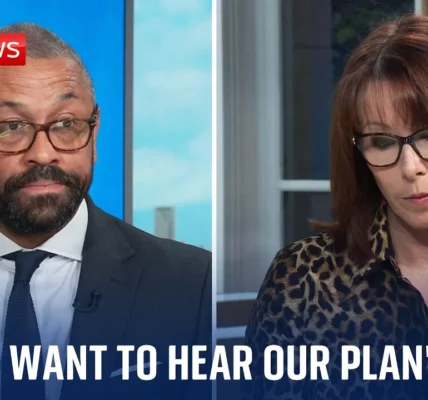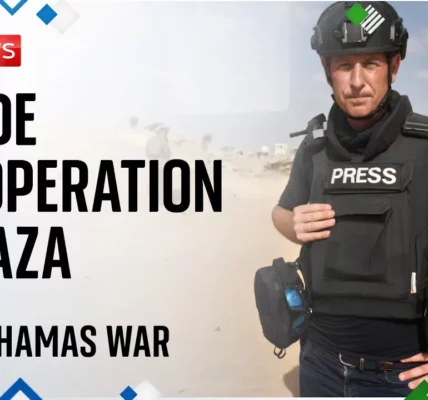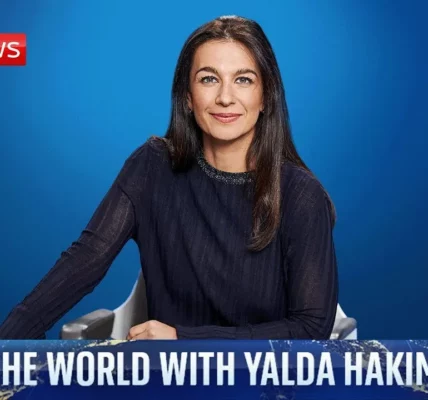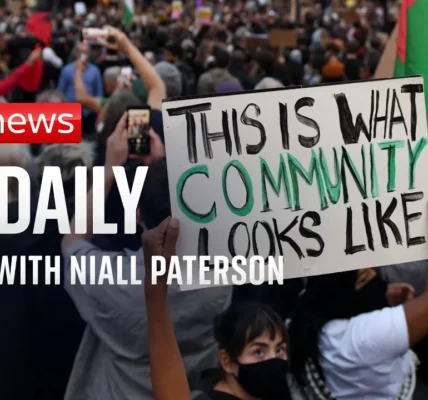Inside the War Zones: The Devastation of Dahia

The District of Dahia in Beirut has become a focal point of devastation amidst ongoing conflict. This article explores the harrowing experiences of its residents, the destruction of infrastructure, and the broader implications of urban warfare as reported by those on the ground.
Introduction
The District of Dahia, known for its dense population and vibrant communities, has recently turned into a war zone, facing relentless bombardments that have decimated its landscape. This article delves into the realities faced by the residents of Dahia, who have been thrust into a nightmare scenario where the ordinary has become extraordinary in its horror. Through the eyes of those affected, we gain insights into the human cost of conflict, the complexities of displacement, and the sheer scale of destruction that has unfolded in this urban battleground.
The Impact of Bombardment in Dahia
In just ten days, the bombardments have transformed Dahia into a scene reminiscent of an apocalyptic vision. The skyline, once filled with residential buildings, is now marred by mountains of rubble and exposed foundations where homes once stood.
The Scale of Destruction
The damage in Dahia is extensive:
- Numerous residential blocks have been reduced to rubble.
- Significant infrastructure, including a religious television station, has been destroyed.
- Deep voids, some reaching depths of 15 to 20 meters, have emerged, symbolizing the loss of community.
Witnessing the Aftermath
Local reporters and activists have documented the devastation, emphasizing that these strikes are not just military operations but attacks on civilian life. The remnants of a television camera, amidst the rubble, serve as a stark reminder of the collateral damage inflicted on non-combatants.
The Human Cost: Stories from the Ground
As the situation in Dahia escalates, countless families are faced with difficult decisions. Many residents, like Mahasan Alada and her family, have opted to leave in search of safety.
Decisions of Displacement
Families are torn apart as they navigate the harsh realities of conflict:
- Mahasan expresses relief at finding a way out for her children.
- Her husband remains behind, unable to leave due to visa complications.
- The emotional toll of separation weighs heavily on those who must say goodbye.
Refugee Experiences
For many, the journey to safety is fraught with anxiety and uncertainty. Mahasan’s struggle to explain the situation to her young children highlights the challenges faced by families in conflict zones. The need for protection often comes with the pain of separation.
Hezbollah’s Role and the Narrative of Conflict
Hezbollah’s presence in Dahia complicates the narrative of the conflict. The group has brought reporters to witness the destruction, aiming to shape public perception of the events. The portrayal of this region as a legitimate military target is met with skepticism by local residents.
Claims of Targeted Operations
Israeli forces claim their operations are precise and targeted, but the devastation speaks otherwise:
- Claims of weapons caches are juxtaposed with the reality of destroyed civilian infrastructure.
- Local narratives challenge the legitimacy of military targets amidst civilian neighborhoods.
The Broader Implications
The ongoing conflict in Dahia raises important questions about urban warfare, civilian protection, and the ethics of military engagement in densely populated areas. The international community must grapple with these issues as they unfold in real-time.
Conclusion
The current situation in the District of Dahia serves as a powerful reminder of the human cost of war. As families are forced to flee their homes and communities are ravaged, the need for humanitarian intervention and support becomes increasingly urgent. The stories from Dahia highlight not only the physical destruction but also the emotional and psychological toll on its residents. We must raise awareness about these issues and advocate for peace and protection for those affected. If you would like to learn more about the impact of conflict on communities, please explore our related articles.
“`




